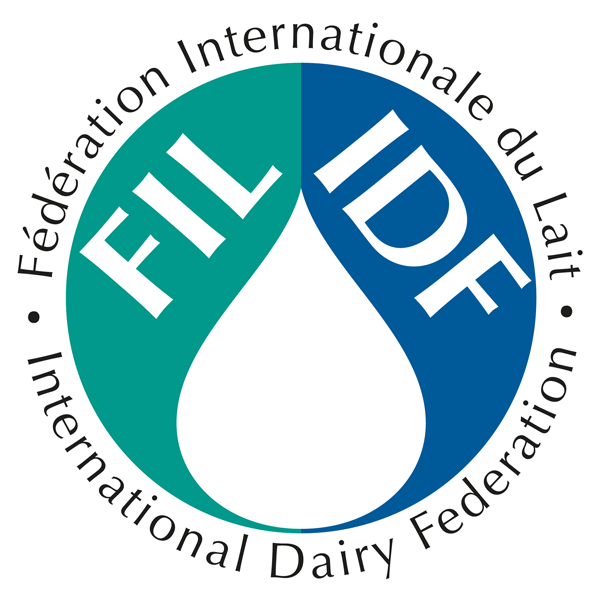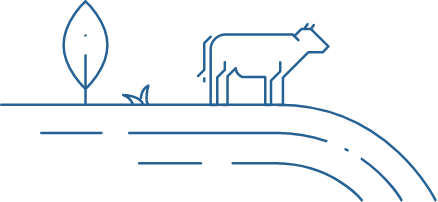 Introducing the UN Decade of Family Farming
Introducing the UN Decade of Family Farming
On 20 December 2017, the United Nations General Assembly unanimously adopted a resolution by which it declared 2019-2028 to be the Decade of Family Farming. FAO and IFAD actively supported the campaign and have been called upon to co-lead the implementation of the Decade in cooperation with a broad range of partners.
What does this mean for family farms?
The UN Decade of Family Farming aims to shed new light on what it means to be a family farmer and highlights the important role they play in eliminating hunger and shaping our food future. Family farming offers a unique opportunity to ensure food security, improve livelihoods, better manage natural resources, protect the environment and achieve sustainable development, particularly in rural areas.
It is estimated that more than 750 million people around the world are engaged in milk production. The dairy sector provides more employment per unit of milk production in developing than in developed countries. This is mainly because developed countries have more technology-intensive and less labour-intensive production systems.
Policies that allow family farms to flourish
Farming of all scales, in all regions, contributes to food security, and family farmers should be empowered to make decisions that reflect their individual unique situations. This initiative represents an important opportunity to support them in this path. Farmers need all the tools in their toolkit in order to make the right choices to achieve sustainability on their farms based on their families’ objectives and their local reality. Smart strategies and common-sense solutions that allow farms to flourish and innovate with what can often be limited administrative resources could be considered, as could using language that recognizes the many size and types of farming around the world, rather than the current dichotomy between family farms and all other producers.
The global story of the dairy sector is strong
Milk is one of the most produced and valuable agriculture commodities worldwide and ranks 3rd by production tonnage. It Is the top agriculture commodity in value terms the world over and contributes 27% to the global value added from livestock. It also contributes 10% to the global value added of agriculture.
Milk and dairy products account for about 14% of global agriculture trade. 20% of the world’s agriculture lands are cared for by the dairy sector. At the global level milk contributes an average of 5% of energy, 10% of protein, and 9% of fat.
The dairy sector in figures
• 1 billion people
• 6 billion consumers impacted
• 133 million dairy farms
• 600 million people live on a dairy farm
• 400 million additional people are supported by the full-time jobs that are created in support of dairy farming
• 240 million people are directly or indirectly employed in the dairy sector
• 37 million farms are female headed with 80 million women engaged in dairy farming to some extent
A global action plan to work together for common goals
Through a Global Action Plan, detailed guidance for the international community on collective, coherent and comprehensive actions that can be taken to support family farmers has been outlined. Designed around seven mutually reinforcing pillars of work, the plan recommends a series of interconnected actions from the local to the global level.
The purpose of action plan is to mobilise concrete, coordinated actions to overcome challenges family farmers face, strengthen their investment capacity, and thereby attain the potential benefits of their contributions to transform societies and put in place long-term and sustainable solutions. I for one will be watching its progress closely. It is crucial that family farmers be at the centre of this initiative, and I call upon my family farming colleagues to take this opportunity to make their voice heard.
The Global Launch of the United Nations Decade of Family Farming, co-organized by FAO and IFAD, took place on 27-29 May 2019, at the FAO headquarters in Rome, Italy.






